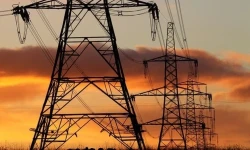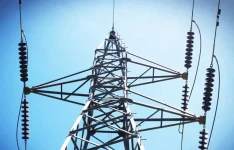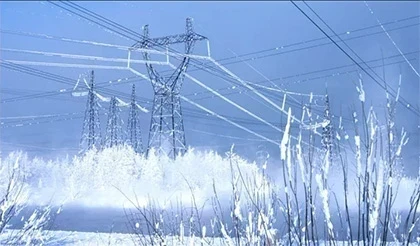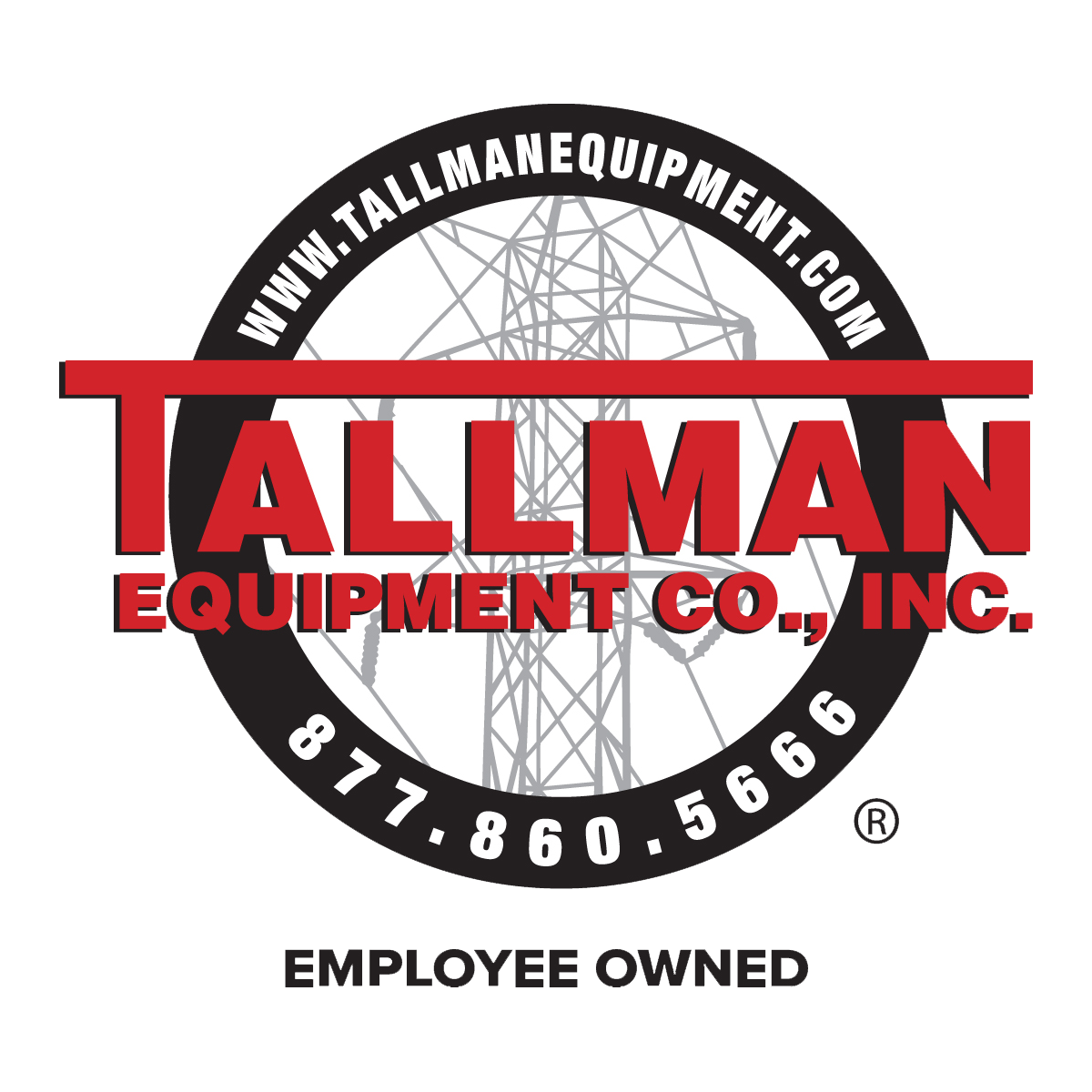In the evolving landscape of power grid management, the integration of advanced sensor technologies in intelligent transformers and substations is revolutionizing monitoring and control. These sensors provide real-time data collection and analysis, significantly improving asset management and fault detection. This article delves into the types of advanced sensors used in transformers and substations, the benefits of real-time data collection and analysis, the integration of sensors with IoT platforms and data analytics tools, and examples of successful sensor deployments and their impact on grid reliability.
Types of Advanced Sensors Used in Transformers and Substations
Temperature Sensors:
Fiber Optic Sensors: These sensors are used to monitor the temperature of transformer windings and other critical components. They offer high accuracy and can operate in harsh environments, providing continuous real-time data.
Thermal Cameras: Deployed for surface temperature monitoring, thermal cameras detect hotspots and potential overheating issues, allowing for preventive maintenance.
Vibration Sensors:
Accelerometers: These...















